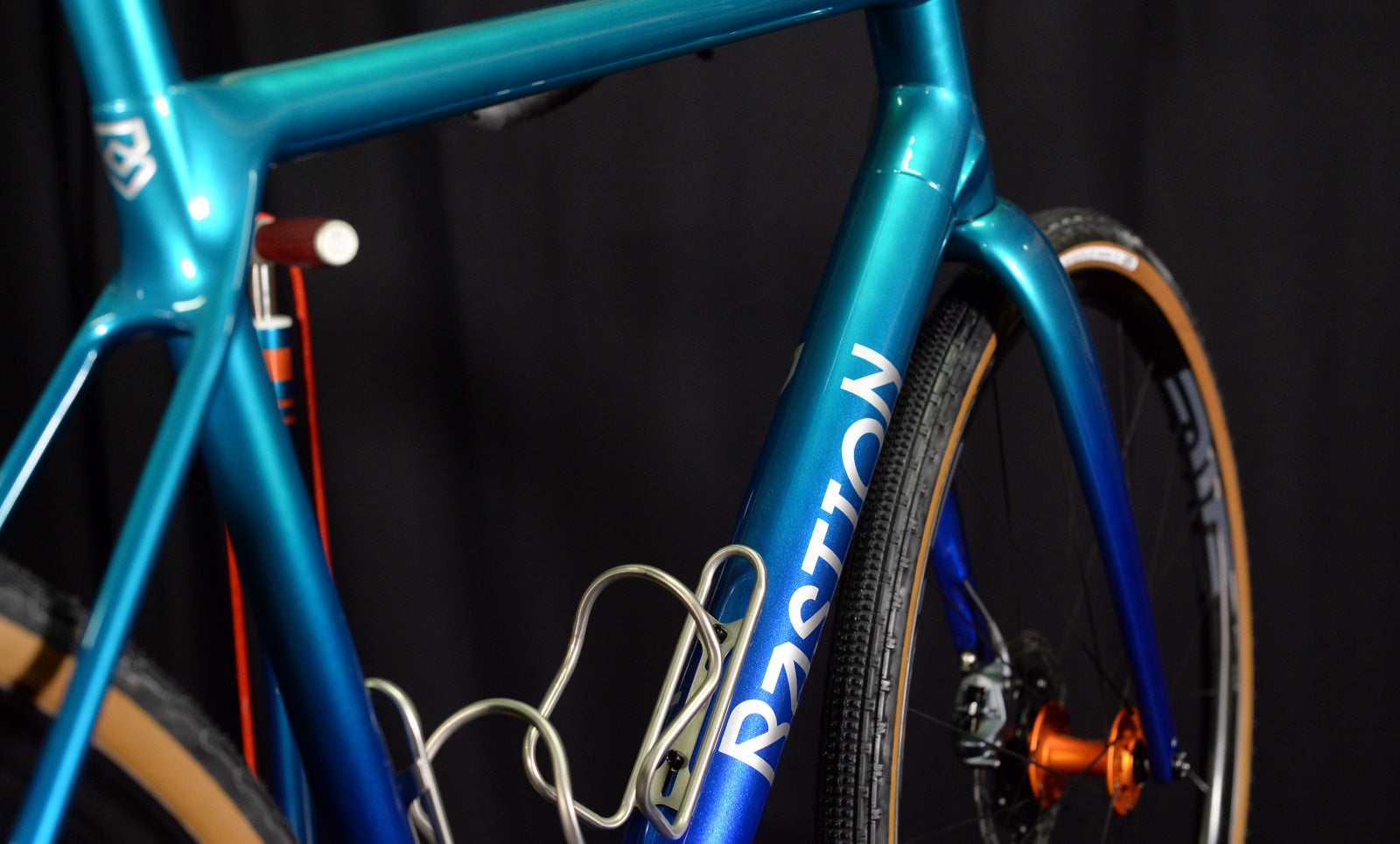

Although the price point is high, it’s been received by the market. People had used the technology in bikes before but purely at a design concept or university-study level. The tailoring service is not all that’s unique, Schultz adds: “We were the first company in the world to bring a fully international-standards tested, commercially available, 3D printed bicycle to market.

Based on their consultation, Bastion provides them with a four-page report that contains graphical representation of how the bike will handle, comparing it to other bikes on the market or bikes they’ve owned before to illustrate how a certain geometry or spec will make the new bike quicker or more agile, for example. The paint job is done once construction is completed in the back of the building at another of Bastion’s companion companies: Bikes by Steve.īastion aims to arm the customer with as much information as possible to ‘precision craft’ their bike. “Some people like to keep it raw and let the materials shine and others paint the entire frame.” “The majority of the discussion is probably around the paint job – what colours and designs to choose,” he explains. There is then further detailed discussion about component specifications and performance preferences, but Schultz admits that it’s often not the highly advanced technical manufacturing options that get some clients excited. Riderfit will analyse how all the customer’s data comes together while watching them pedal an adjustable bike frame in the workshop.
Bastion cycles full#
Schultz uses a suit-tailoring analogy: “There is custom clothing where a tailor will measure your body dimensions and then take a pattern and size it, and then there’s the full bespoke suit service where they’d cut a pattern, pin it on you and do three or four fittings and checks, where they’d get you to twist and bend to make sure it’s not bunching up anywhere – that’s the level we work at.” So one leg might be shorter than the other or a rider’s hip rotation might mean one leg pedals differently to the other. That’s because of their flexibility or injury history, and asymmetries in their body that they didn’t even know they had.” “Two people who have the exact same body dimensions could need totally different bikes.

“We don’t just measure the customer’s arms, legs and torso length, then make assumptions about the bike size that will fit them,” Schultz says. There, they will be put on a physiotherapist’s table to address any injuries or asymmetries they may have before having their physical data measured and recorded. At Bastion, after an initial chat with Schultz or Woolcock about their requirements, they will spend the next 2-3 hours at Riderfit, one of Bastion’s companion companies at the front of the building. They won’t enter a flashy retail store and view scores of factory-fresh bikes, choosing a few to test-ride and deciding which one they want to take out the door with them. When a cyclist commissions a bicycle from Bastion, they should not expect the experience they might have purchasing a bike from one of the well-known larger manufacturers. This co-operative approach is an intriguing part of their business model, and just one of the ways Bastion likes to do things differently. Schultz says they think of it as an advanced manufacturing bicycle hub because, though there are synergies between the businesses and they send each other work, they share the space because none of them could afford to be there independently otherwise. Bastion empowers the rider to design their own adjustable bike that is a unique fit not only to their desired specifications and aesthetic preferences, but the physical capabilities of their own body with all its ticks and quirks.īastion shares the industrial warehouse it occupies in Fairfield, north-east Melbourne, with three other specialised bicycle-related companies. All keen cyclists, it was a classic case of creating the bike they wanted to buy but which didn’t exist. Bastion Managing Director Ben Schultz recalls how he and his co-founders, James Woolcock and Dean McGeary, wanted to incorporate their three passions: cycling, leading-edge manufacturing and Australian-made production. After the R&D specialists were handed their notice from Toyota in 2014, they sat down and nutted out a new business concept.


 0 kommentar(er)
0 kommentar(er)
